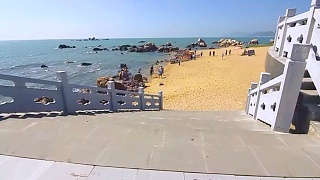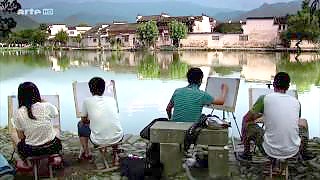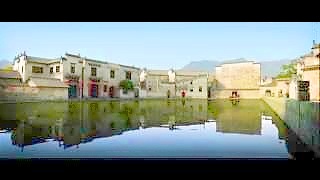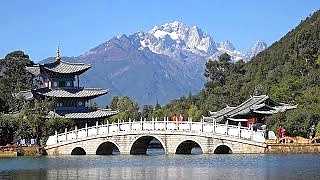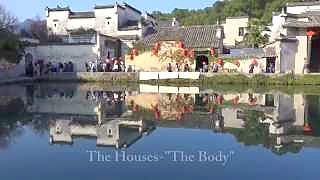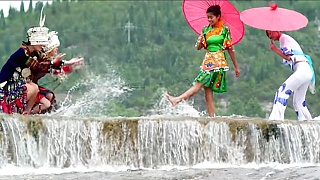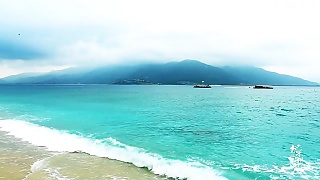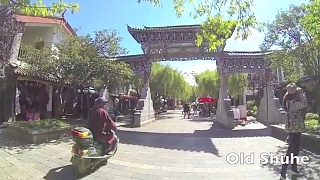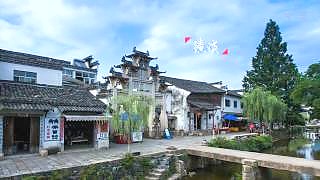Mount SiGuNiang, in SiChuan province, is famous for its beautiful scenery.
The surrounding area is reputed to be the "Oriental Alps". Mount SiGuNiang National Park is a UNESCO World Heritage Site. The park comprises Mount SiGuNiang and the surrounding three valleys, namely ChangPing Valley (长坪沟), HaiZi Valley (海子沟) and ShuangQiao Valley (双桥沟), covering an area of 2,000 square kilometers.
[640],shadow=true,start=,stop=
 Hiking trip to the ‘Big Peak’ (5025m), Mount SiGuNiang 四姑娘山
Hiking trip to the ‘Big Peak’ (5025m), Mount SiGuNiang 四姑娘山


![Top videographers - bjKina, AnyuXu and DearNessie - take you on a tour of Beijing . . . First song : Going Home by Faye Wong, from the album To Love, 2003. Note : highly addictive music straight ahead . . . A fantastic video film by AnYu Xu . . . Includes a great hyperlapse along Beijing`s south-north axis, from [TianTan, the Temple of Heaven], QianMen, through Tian`AnMen, GuGong (`Old Palace`, the `Forbidden City` / Palace Museum), JingShan Park, the Drum and Bell Towers and onto the Olympic Park and Olympic Forest Park . . . New (old) BeiJing - fashion, food and the vibe, with DearNessie. A vlogging masterclass - `show don`t tell`; plus deft editing and great music . . . The beautiful, blue sky city of BeiJing 北京](https://www.beijingbuzzz.com/kk137.jpg)
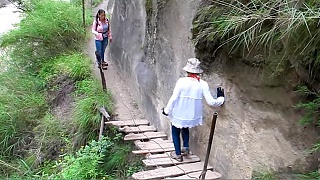
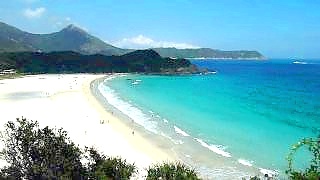
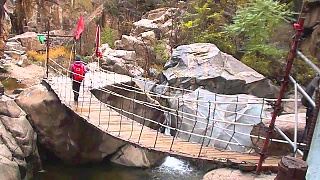




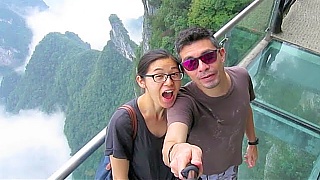
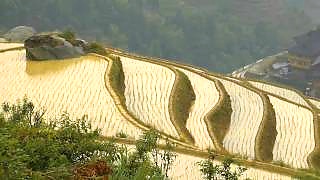
![[xvideo v=QRafITNPXIE][xvideo v=JKkr9qgsRNc] Awesome SiChuan 四川 province](https://img.youtube.com/vi/fZ3NVtIeYW0/mqdefault.jpg)




